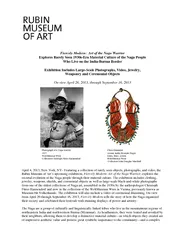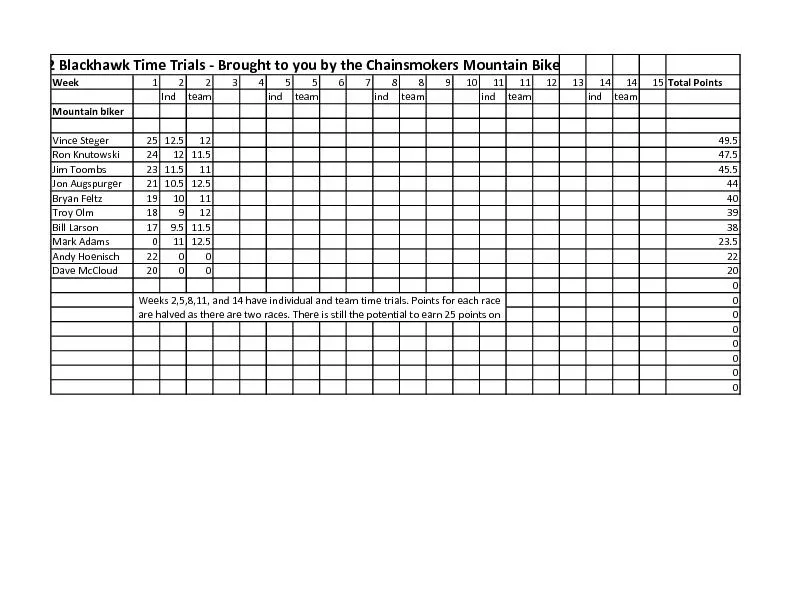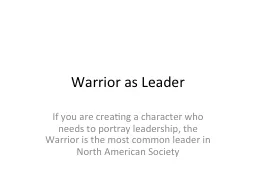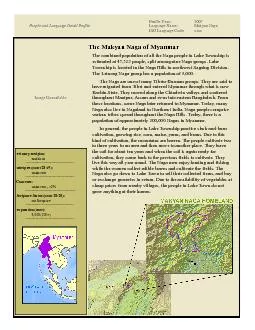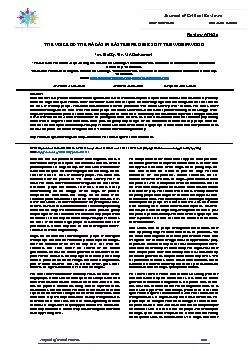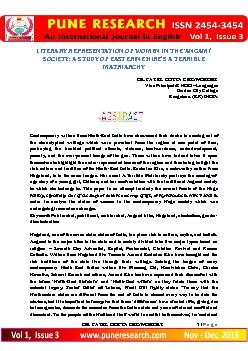PDF-Photograph of a Naga warrior Chest Ornament Assam Ind
Author : ellena-manuel | Published Date : 2015-06-18
The exhibition includes clothing jewelry weapons shields and ceremonial objects as well as largescale blackandwhite photographs from one of the oldest collections
Presentation Embed Code
Download Presentation
Download Presentation The PPT/PDF document "Photograph of a Naga warrior Chest Ornam..." is the property of its rightful owner. Permission is granted to download and print the materials on this website for personal, non-commercial use only, and to display it on your personal computer provided you do not modify the materials and that you retain all copyright notices contained in the materials. By downloading content from our website, you accept the terms of this agreement.
Photograph of a Naga warrior Chest Ornament Assam Ind: Transcript
Download Rules Of Document
"Photograph of a Naga warrior Chest Ornament Assam Ind"The content belongs to its owner. You may download and print it for personal use, without modification, and keep all copyright notices. By downloading, you agree to these terms.
Related Documents

